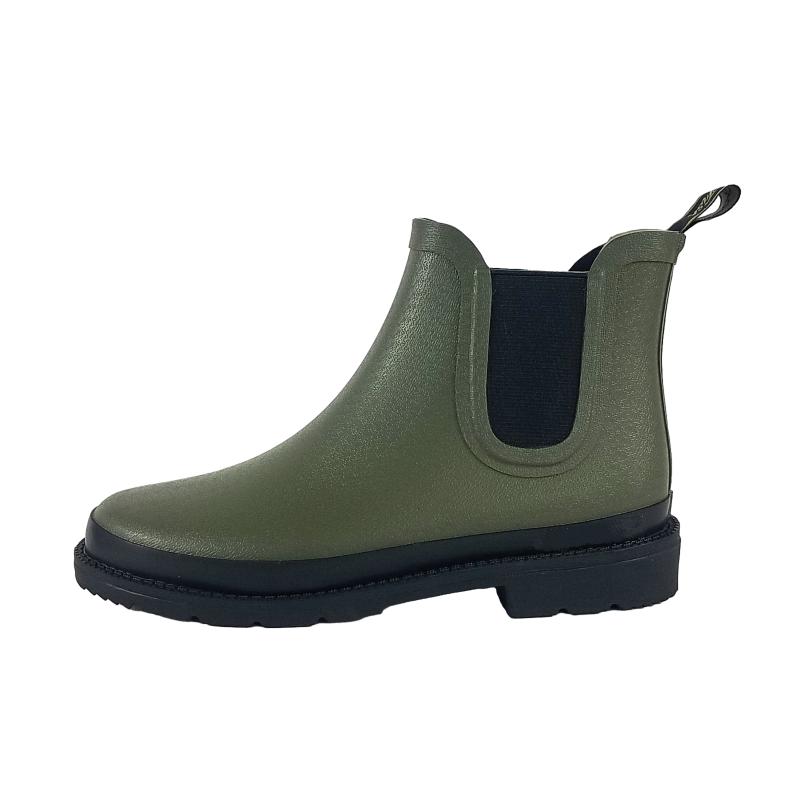Wading shoes for waders are an essential piece of equipment for any angler or outdoor enthusiast who enjoys spending time in the water. These specialized shoes are designed to provide traction and stability on slippery surfaces, making them ideal for navigating rocky riverbeds, muddy banks, and other challenging terrain.



